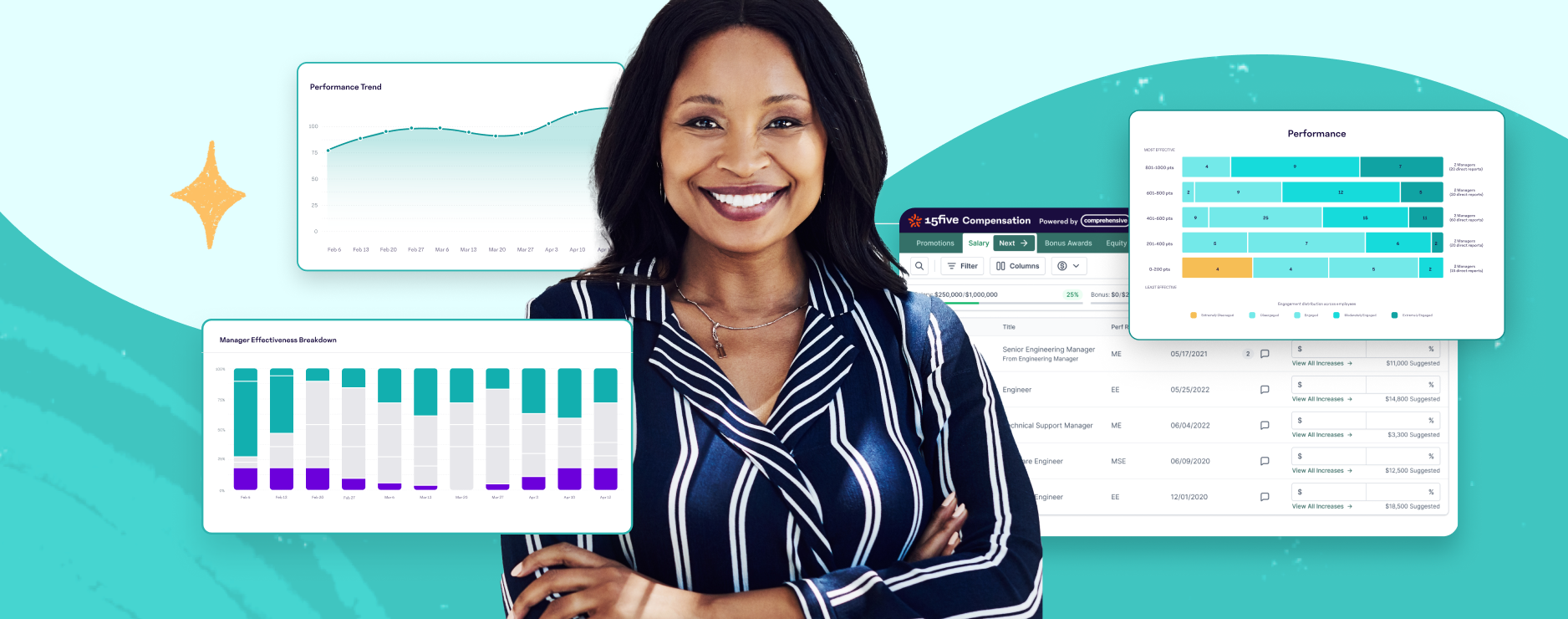Agile Engagement: What Really Helps Employees Thrive (Book Preview)
To be productive and drive a business forward, people must want to come to work. Truly engaged employees don’t get out of bed in the morning because they have to, but because they look forward to what lies ahead.
Countless studies have proved this to be true. In one Gallup study of 200 organizations, companies with the highest levels of employee engagement were 22% more profitable and 21% more productive than those with low levels of engagement. Another frequently-cited statistic indicates that companies with engaged employees outperform those without by up to 202%.
Yet, despite our best efforts, people still remain disproportionately disconnected at work.
Seven out of 10 of business leaders believe employee engagement is critical to achieving outcomes, but only 20% believe their current initiatives are actually working. More than 70% of all U.S. employees are not engaged.
Clearly, we need a better way to impact the way our work world functions—and the way we all work within it.
According to Agile Engagement, the upcoming book from Emplify co-founders Santiago Jaramillo (CEO) and Todd Richardson (Chief People Officer), getting people to feel invested in a company’s success may be a lot easier than we think. Drawing from examples at a range of successful companies in a variety of industries, Jaramillo and Richardson show how proven principles of agile software development can be applied to the world of employee engagement for better outcomes.
Throughout the book are four overarching themes:
#1. You can’t improve what you can’t measure.
Stories of failed employee engagement initiatives abound, and they all have one thing in common: They begin with a focus on “initiative” rather than “employee.” An agile engagement strategy refocuses these efforts to first measure what truly motivates and inspires employees so that company-specific areas of deficiency can be revealed and improved quickly.
#2. Exceptional employee engagement can be achieved by any company, in any industry.
It’s a myth that actively engaged employees emerge from big budget initiatives and trendy gimmicks. No amount of snack bars, nap rooms, and holiday bonuses will guarantee lasting loyalty. Those fleeting perks might help employees feel happy for an hour, but don’t create long-lasting conditions in which people thrive and feel empowered to influence outcomes. Thankfully, creating this culture is more achievable than ever: r ather than devoting extra resources to special incentives, you can gather a few objective insights to pinpoint which issues are leading to disengagement and develop a simple framework to fix them.
#3. Simple frameworks work best.
True engagement goes beyond job satisfaction to developing intellectual and emotional connections between employer and employee—motivating an employee’s heart and mind to positively impact a company’s vision and goals. There’s only one person who can engender such an attitude:
The employee himself.
In an age when business coaches and engagement consultants abound, you may be surprised to learn that grassroots efforts work best. Employee-led engagement initiatives are most impactful, especially when they’re uncomplicated. A one-page employee engagement strategy that everyone at the organization can easily embrace and fine-tune over time is far more effective than a 100-page manual that takes six months to complete and becomes outdated in a matter of weeks.
# 4. Agility is the key to continued success.
Once the foundation has been laid, ongoing assessment and adjustments are crucial to a future-proofed employee engagement strategy. Just as you can’t improve what you can’t measure, people won’t adopt what they don’t believe in. That’s why it’s so important to gather objective, anonymous (and, ultimately, unbiased) engagement metrics from employees themselves and use those to make continual adjustments based on data instead of instinct. By prioritizing agile experimentation over elaborate and time-consuming planning, you let employees tell you what they need to feel engaged—instead of the other way around.
Looking for more concrete methods you can use to improve employee engagement? Agile Engagement provides a proven framework you can use to gather and assess the right data, create a one-page employee engagement strategy, employ best practices, and create a future-proofed plan of action. Pre-order your copy now!




